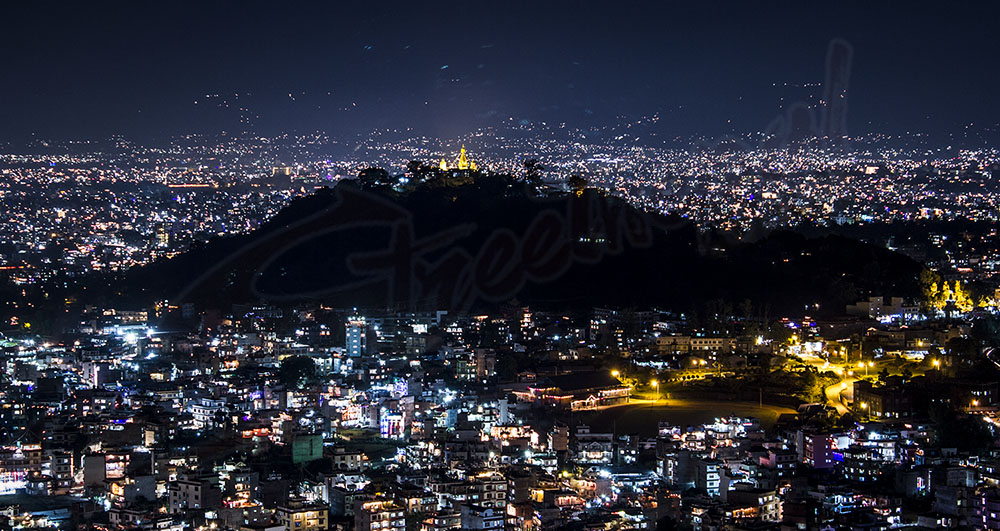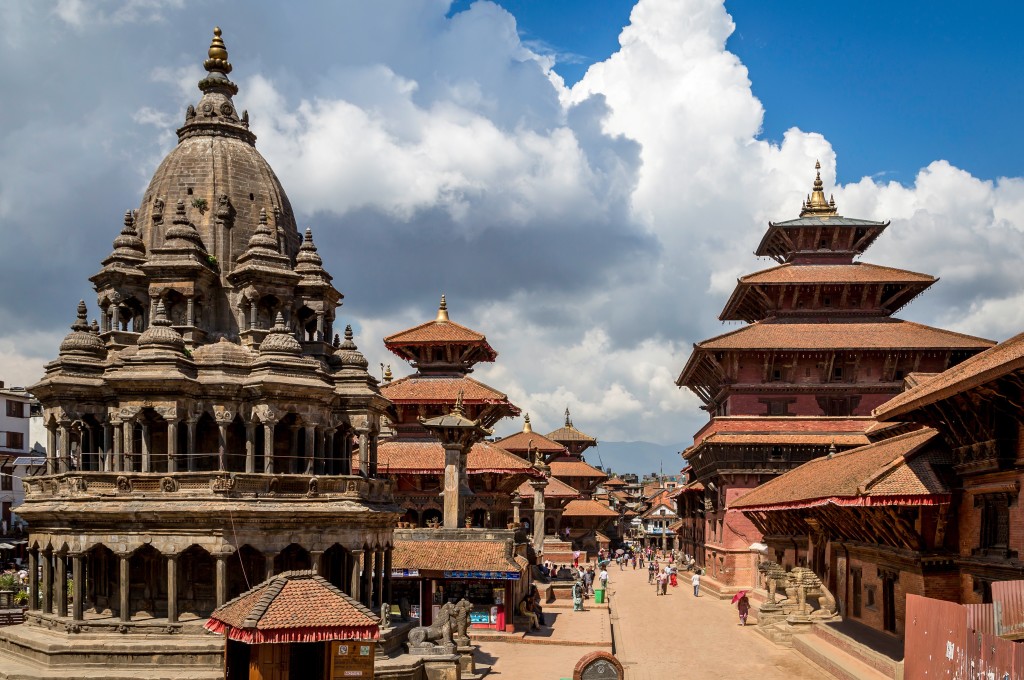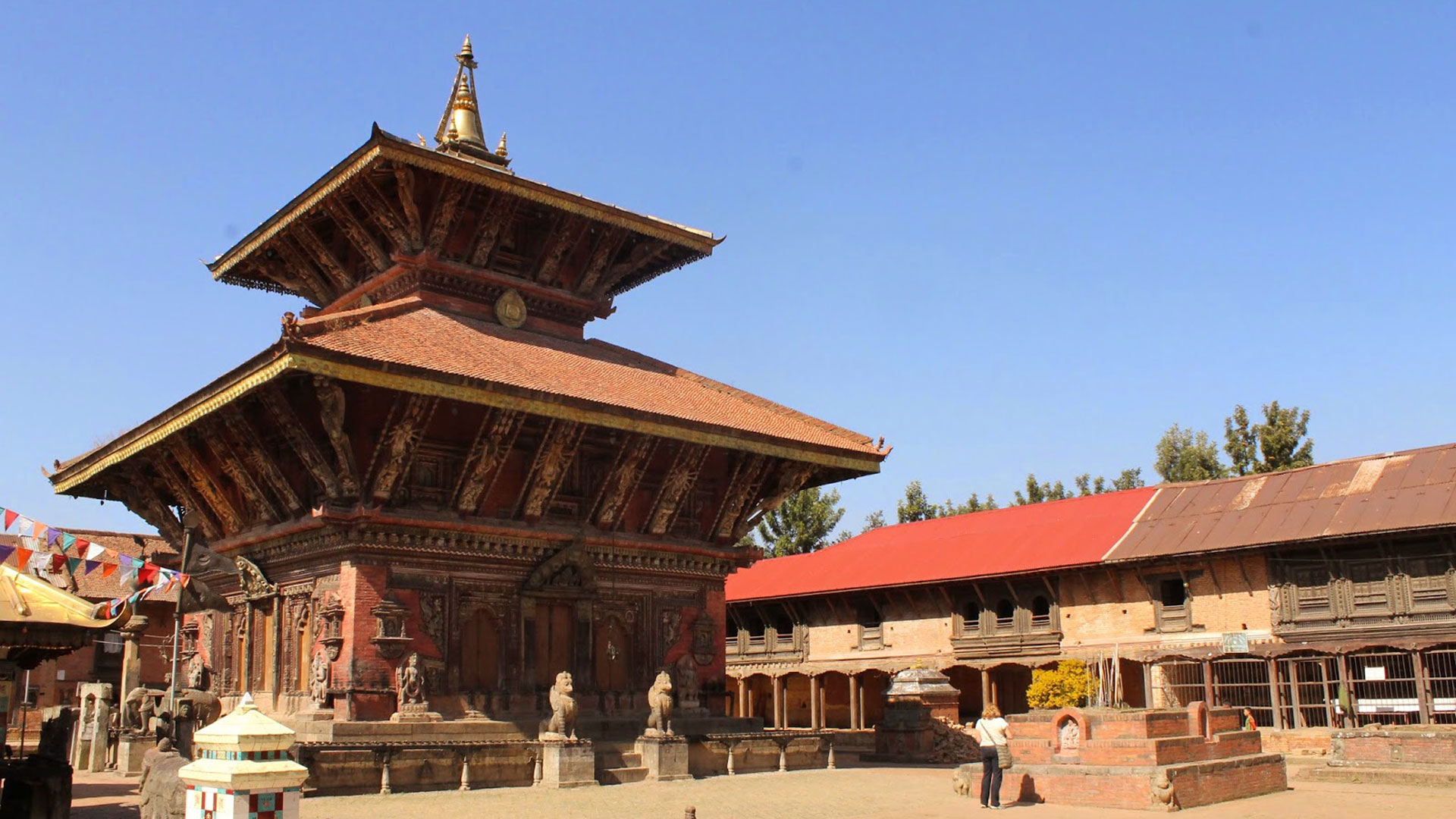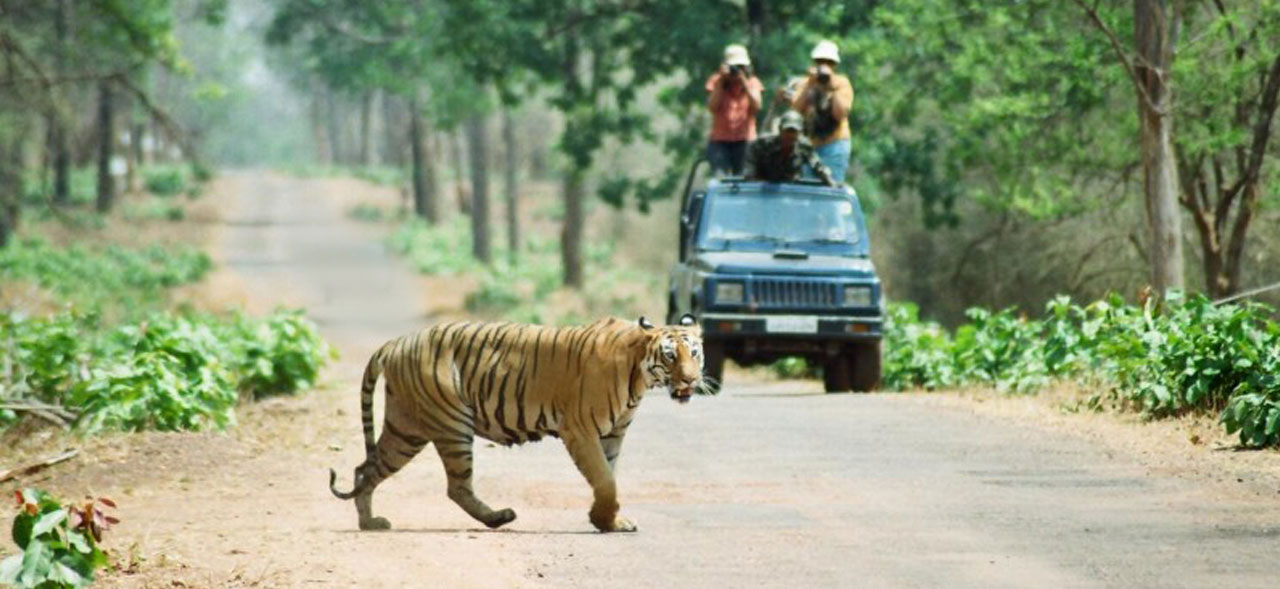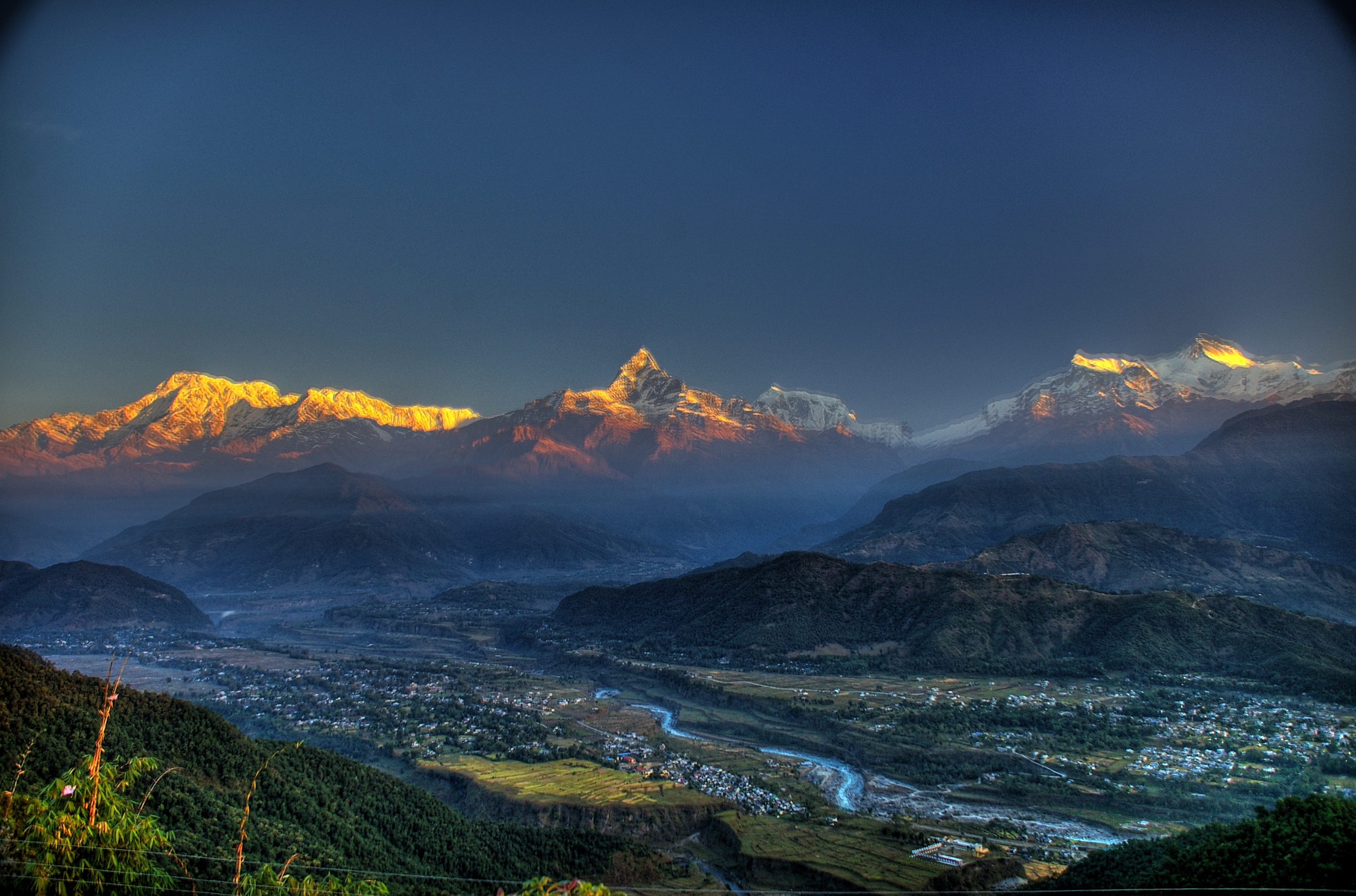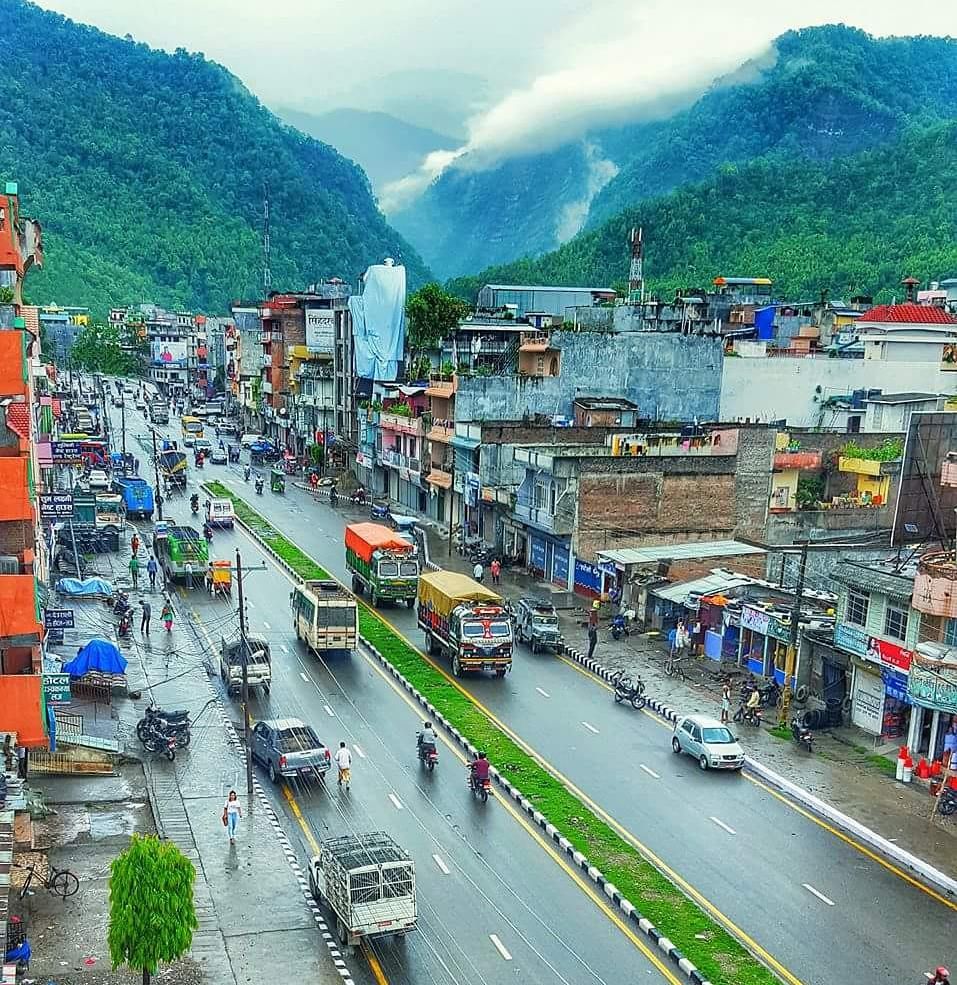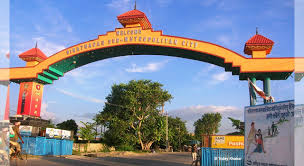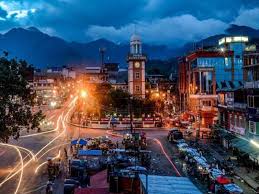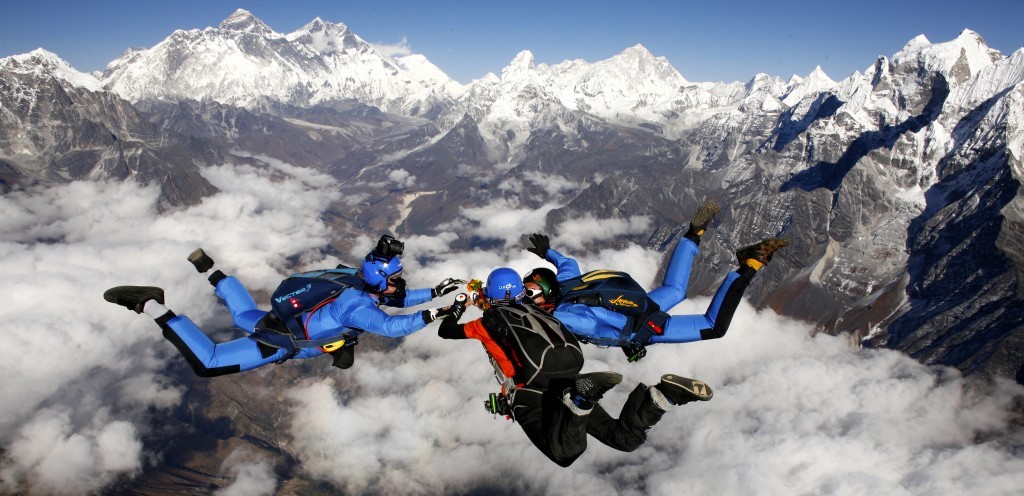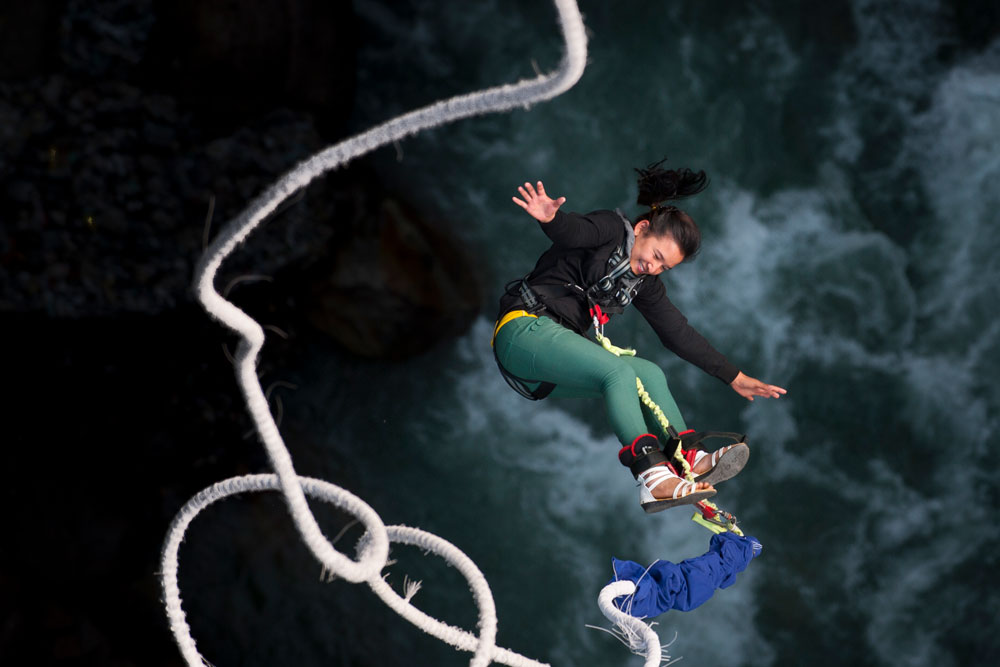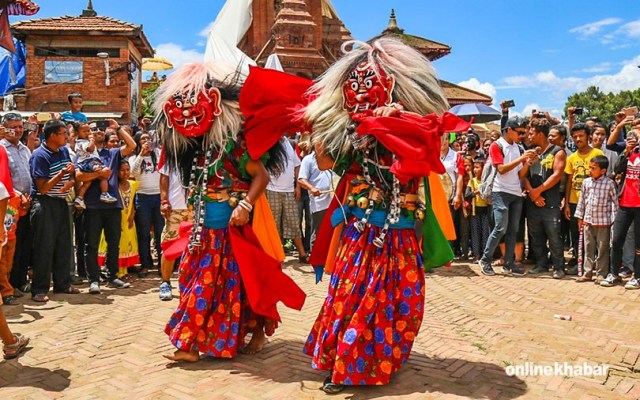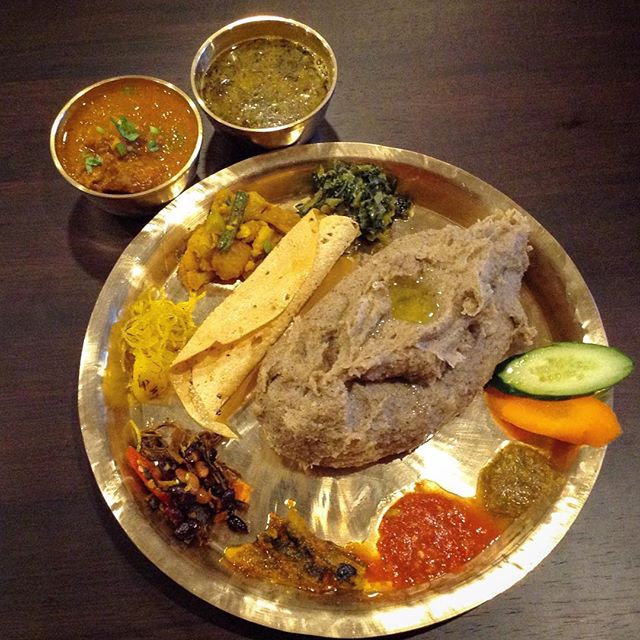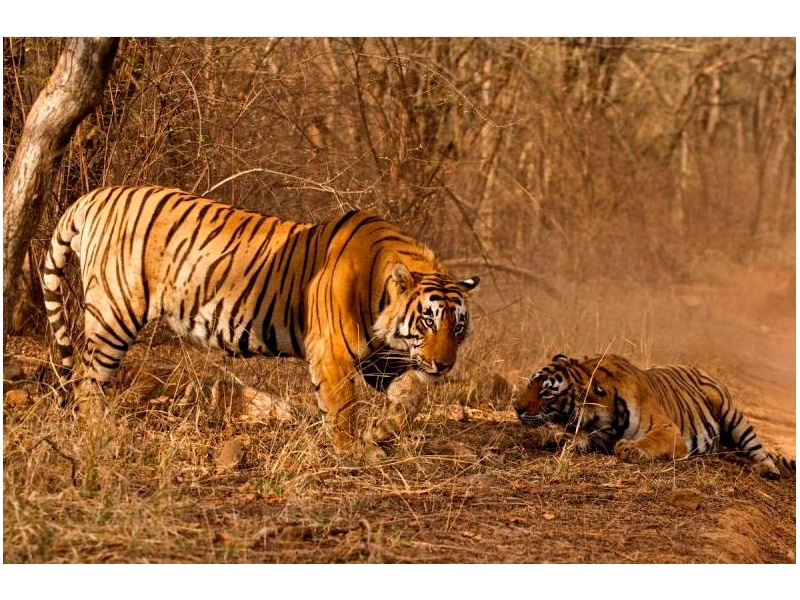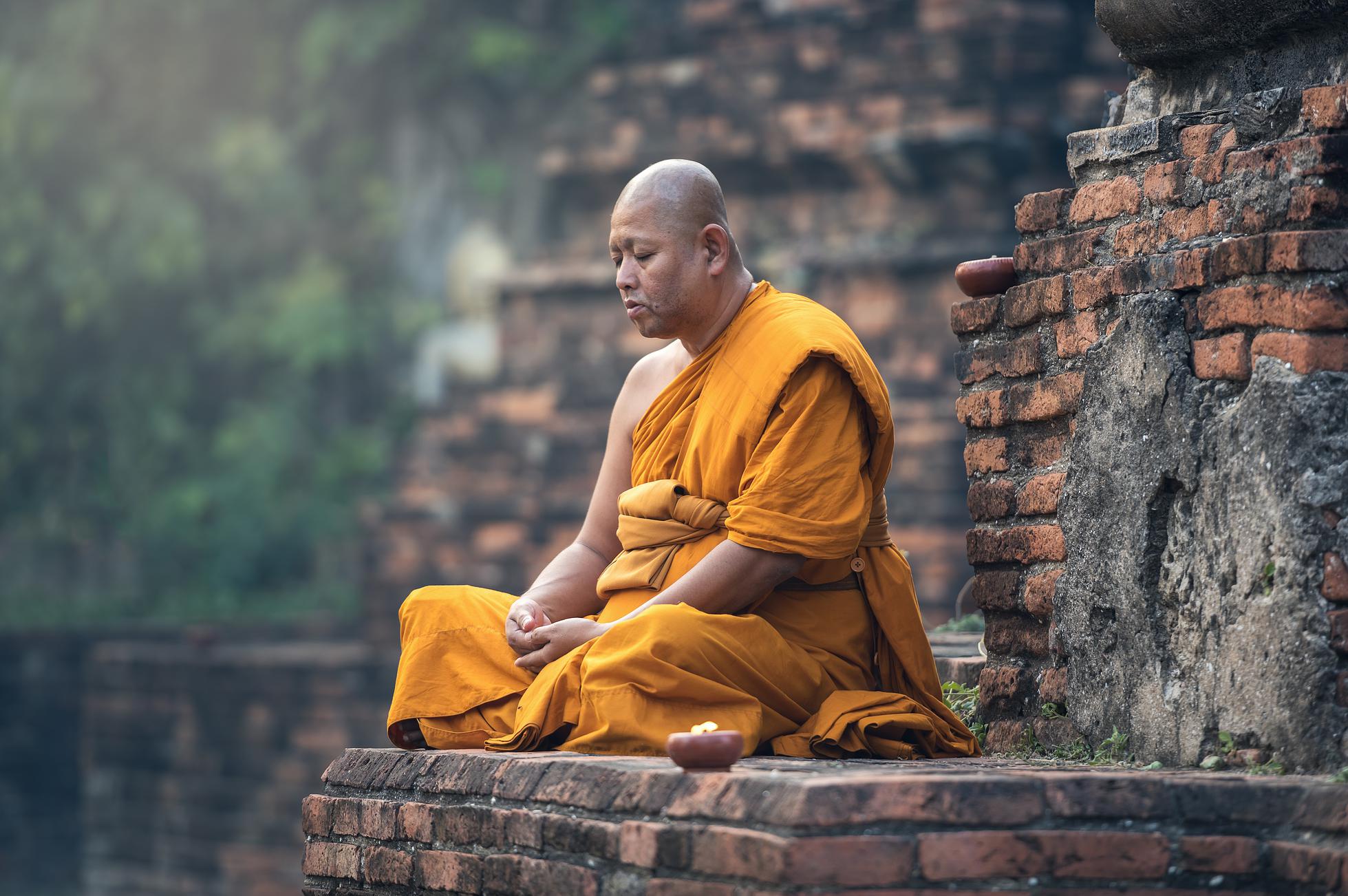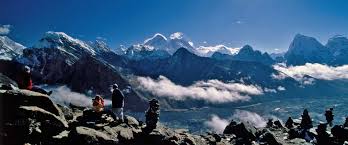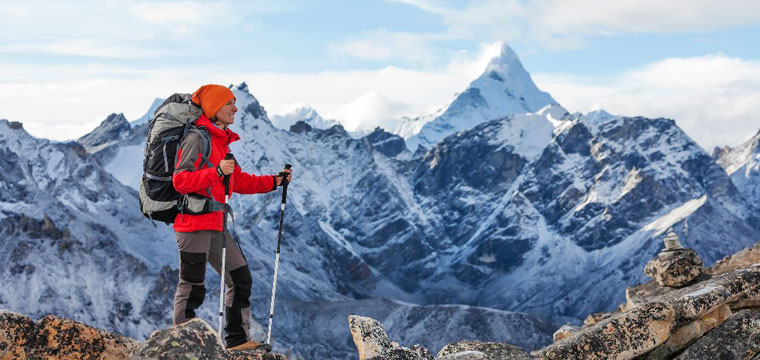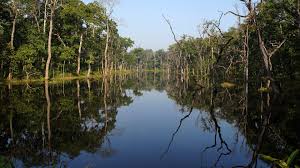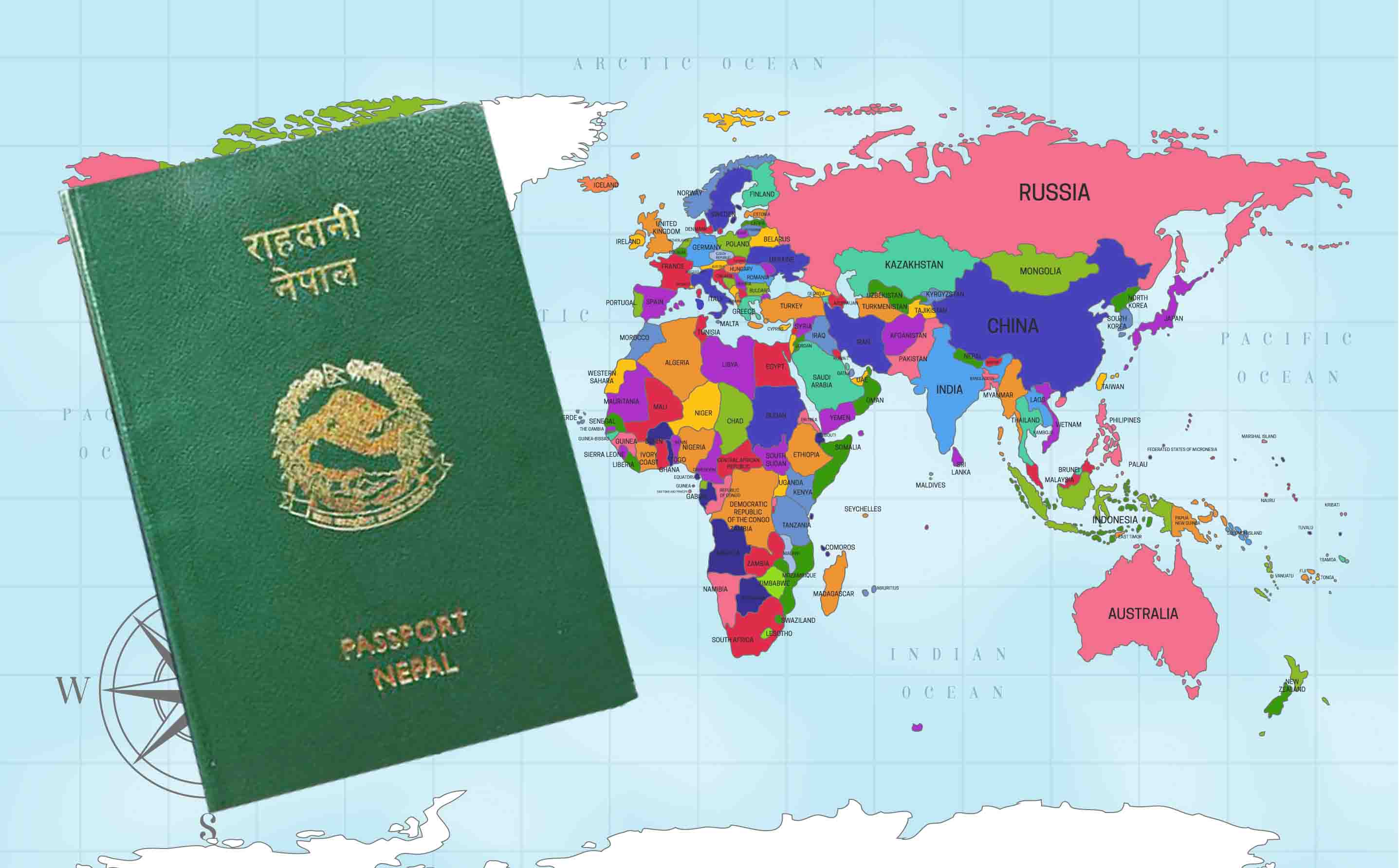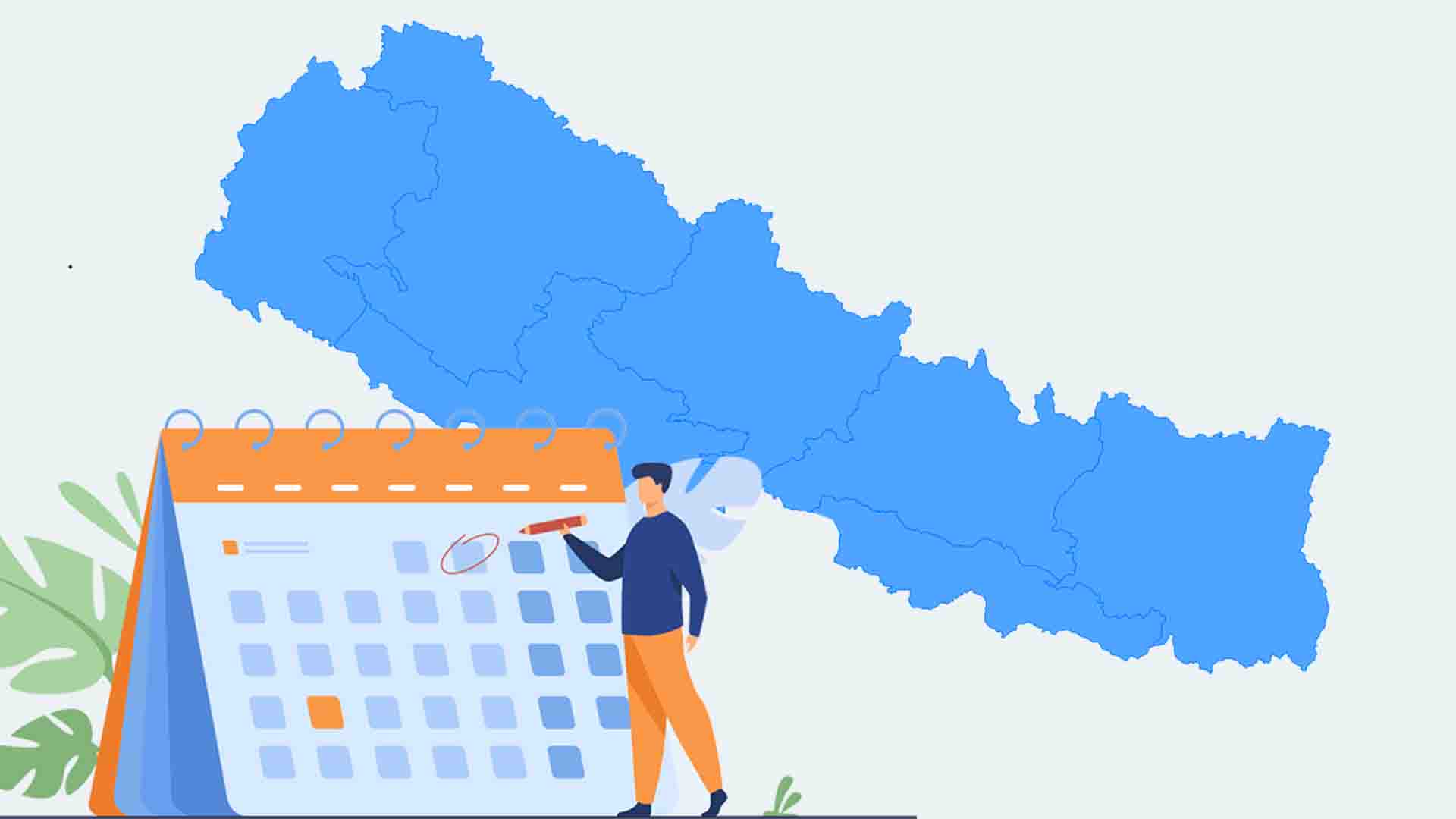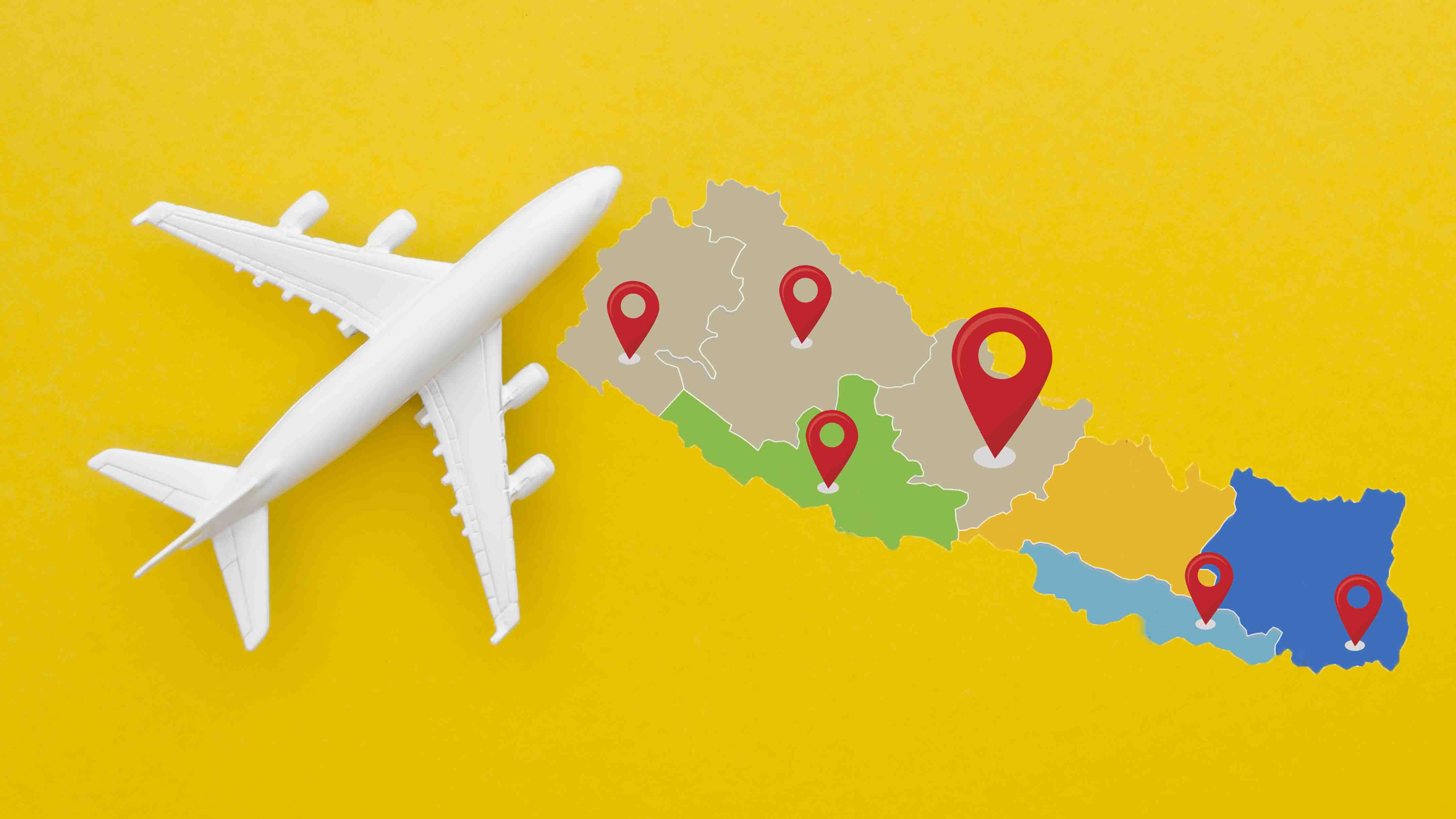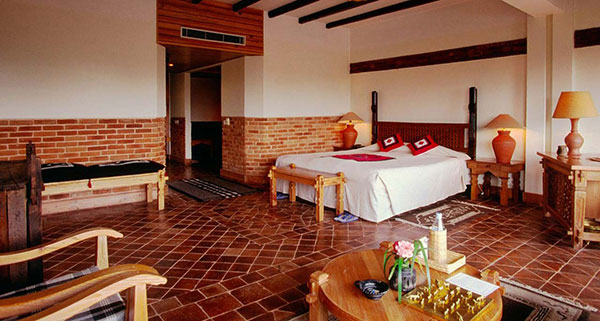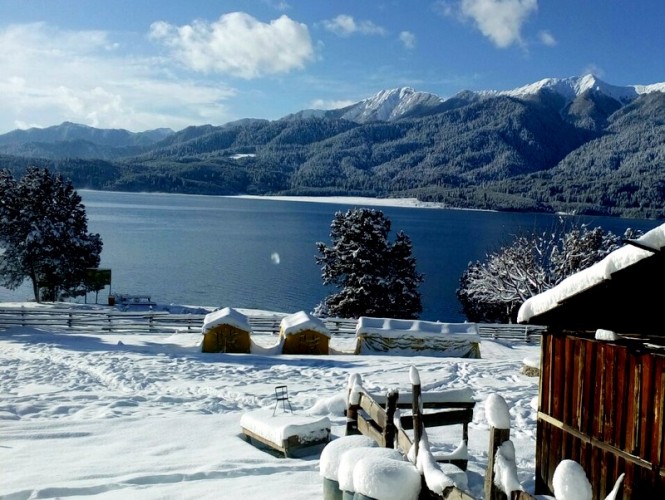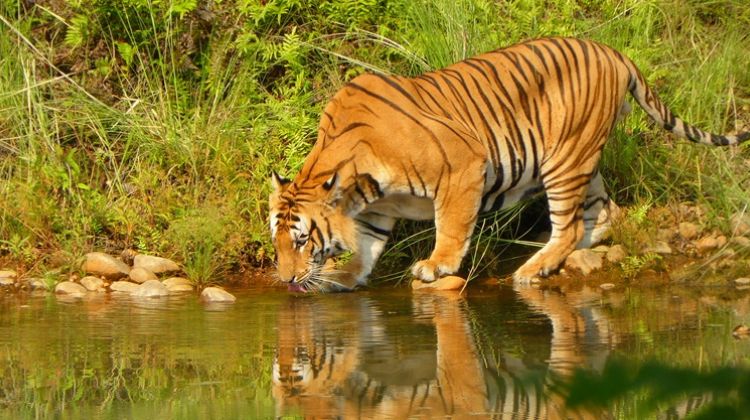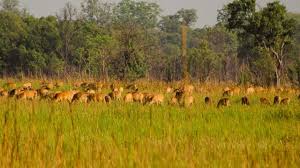Understand Nepal > national parks & conservation areas > Rara National Park
Rara National Park
Rara National Park, the smallest protected area of Nepal, covering 106 km2 and 198 km2 as its buffer zone, lies in North-Western high mountains of Karnali Pradesh. Established in 1976 to conserve the uniqueness of extremely popular Rara Lake, the park has been protecting flora and fauna of the Humla-Jumla region along with the lake.
Comprising of two beautiful villages – Rara and Chhapru, the residents of the communities were resettled in Banke District. Rara Lake – also known as Mahendra Tal, lying at an elevation of 2,990 m, is the gem of the park. Having an oval-shape, the lake is the biggest in Nepal, with an area of 10.8 km2. Home to only one species of fish – Snow Trout, the lake reflects the beautiful blue color of the sky and is a popular destination of migratory birds.
The park lies at an altitude of 2,80 m to 4,039 m with Chuchemara Peak lying at the highest elevation. The beauty of the park is the pristine panoramic views of alluring snow-capped summits like Ruma kand and Malika Kand on the north.
Blue Pine, herbs, marshlands, and tussock grasslands dominate the vegetation around the lake with diverse species of Rhododendrons. Fir, Oak, Birch species with Rhododendron are found in the sub-alpine region. You can witness 20 different species of mammals like Musk Deer, Himalayan Black Bear, Jackal, Himalayan Tahr, Jackal, etc. Home to 214 bird species recorded so far, you can spot Pheasants, Grebes, Mallard, etc. on your visit to the park.
The best time to visit the park is from September to October and April to May. The winter in the region is quite cold, dropping below freezing point, with high snowfalls that close the high passes. So, December to March is not a good time to travel to this region. Summer is pleasant with warmth between April to June, and you can expect heavy rainfall between June to August.
No accommodations are allowed inside the park, with no health post. If you plan to travel this park, carry a comprehensive first-aid kit on your own, and be self-sufficient in every means.
From Jumla, the trek can be 3 to 4 days long, and from Surkhet, it becomes 10 to 11 days long, depending upon the places you include on your trip.








